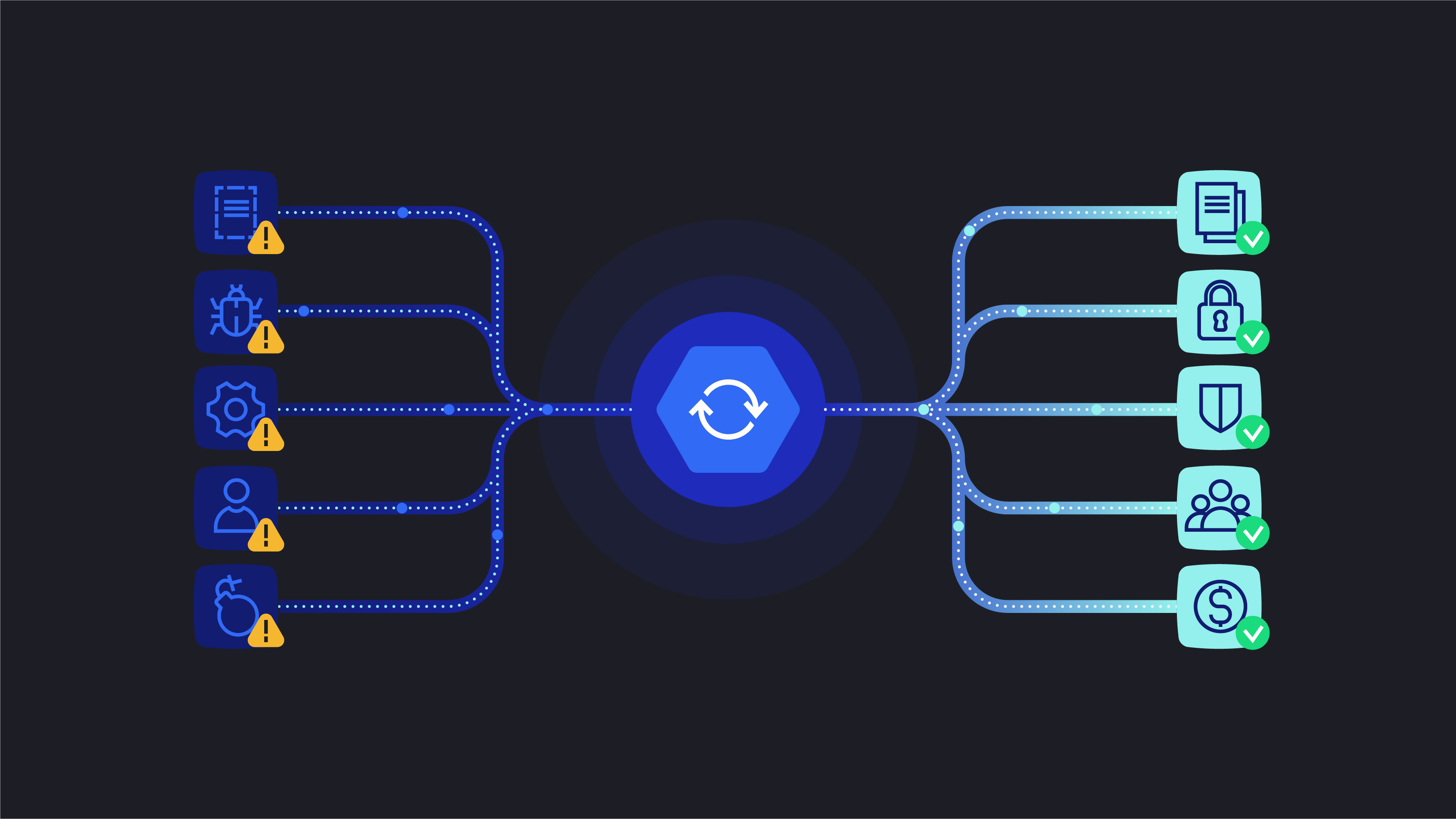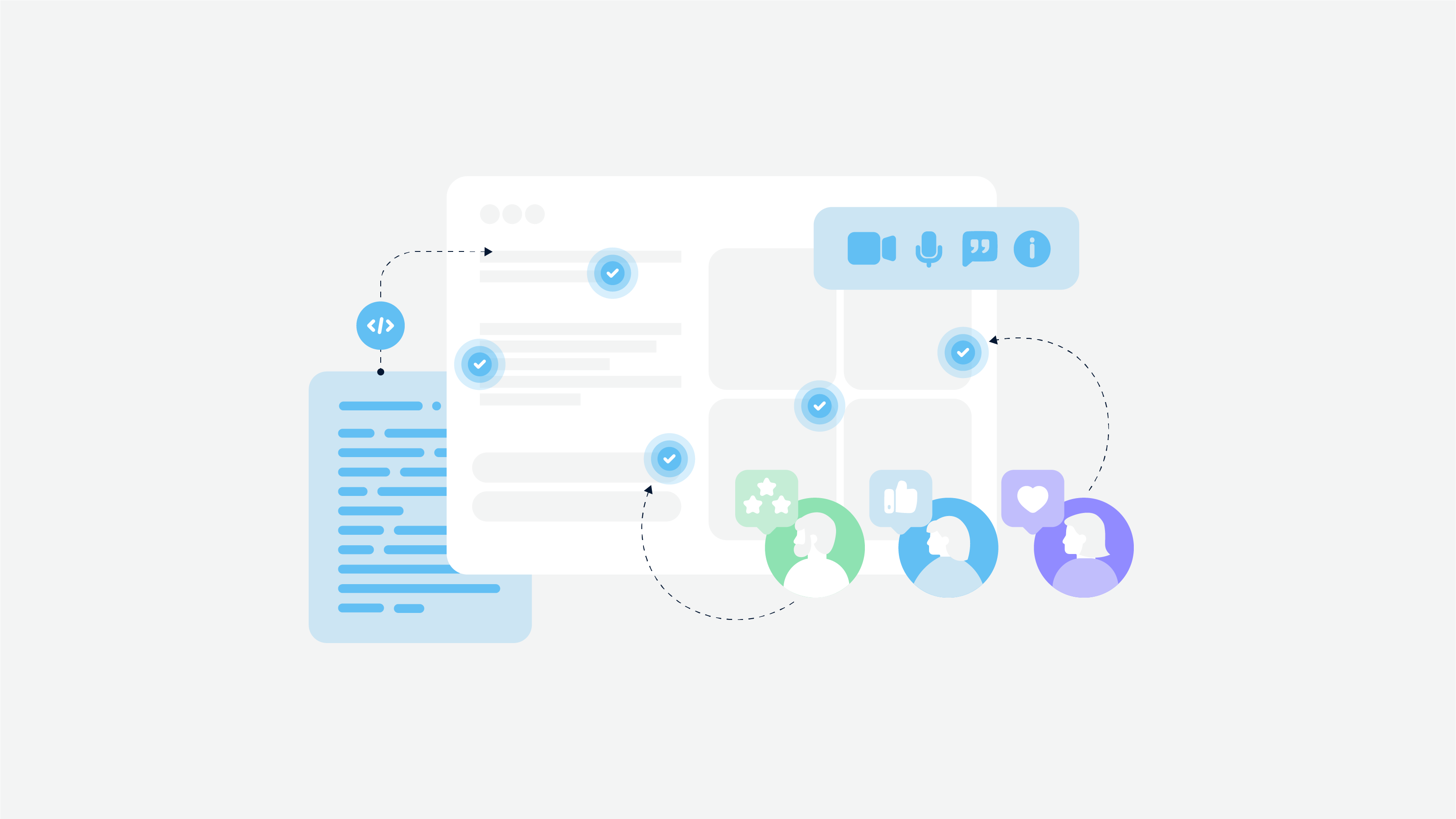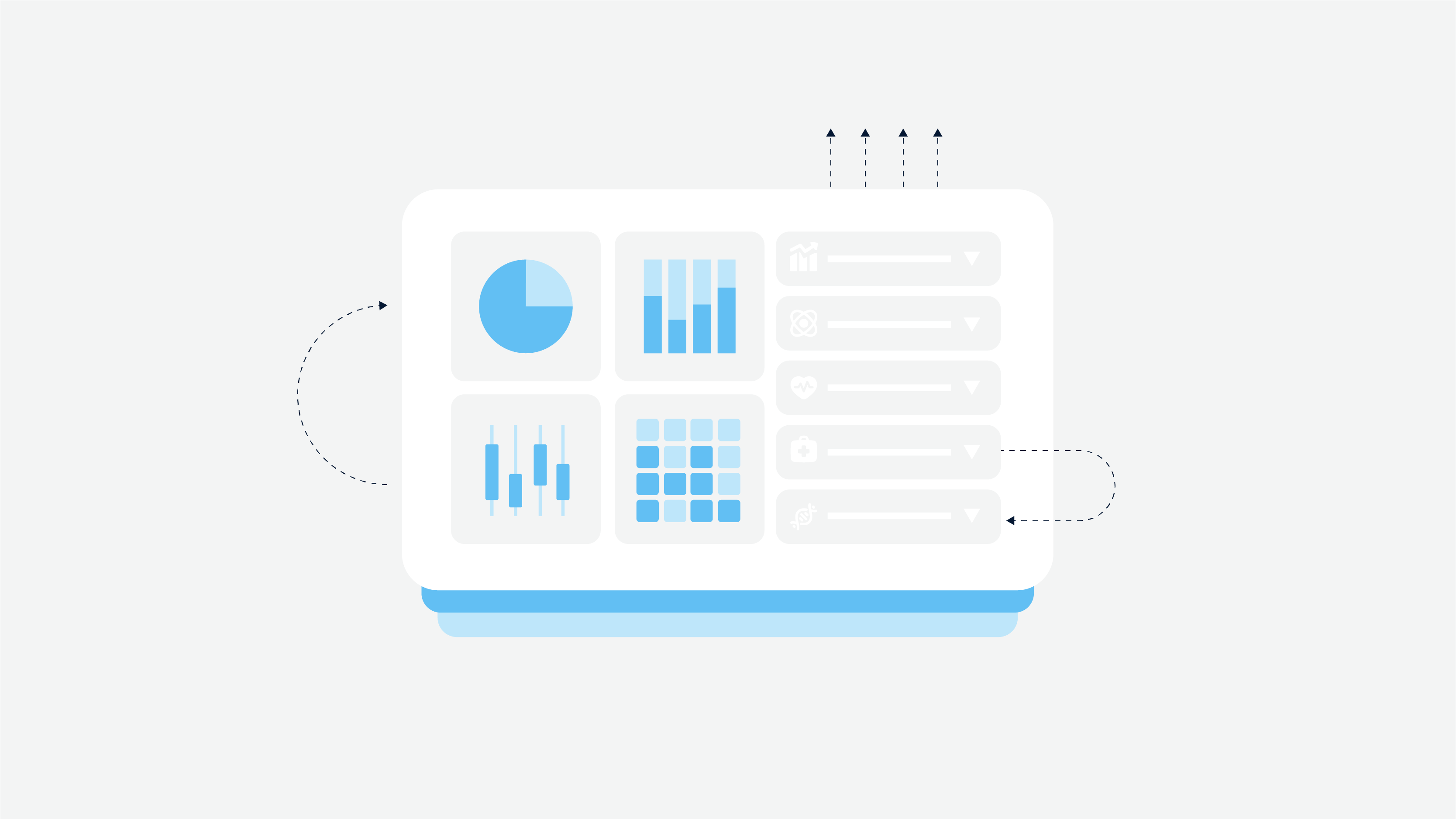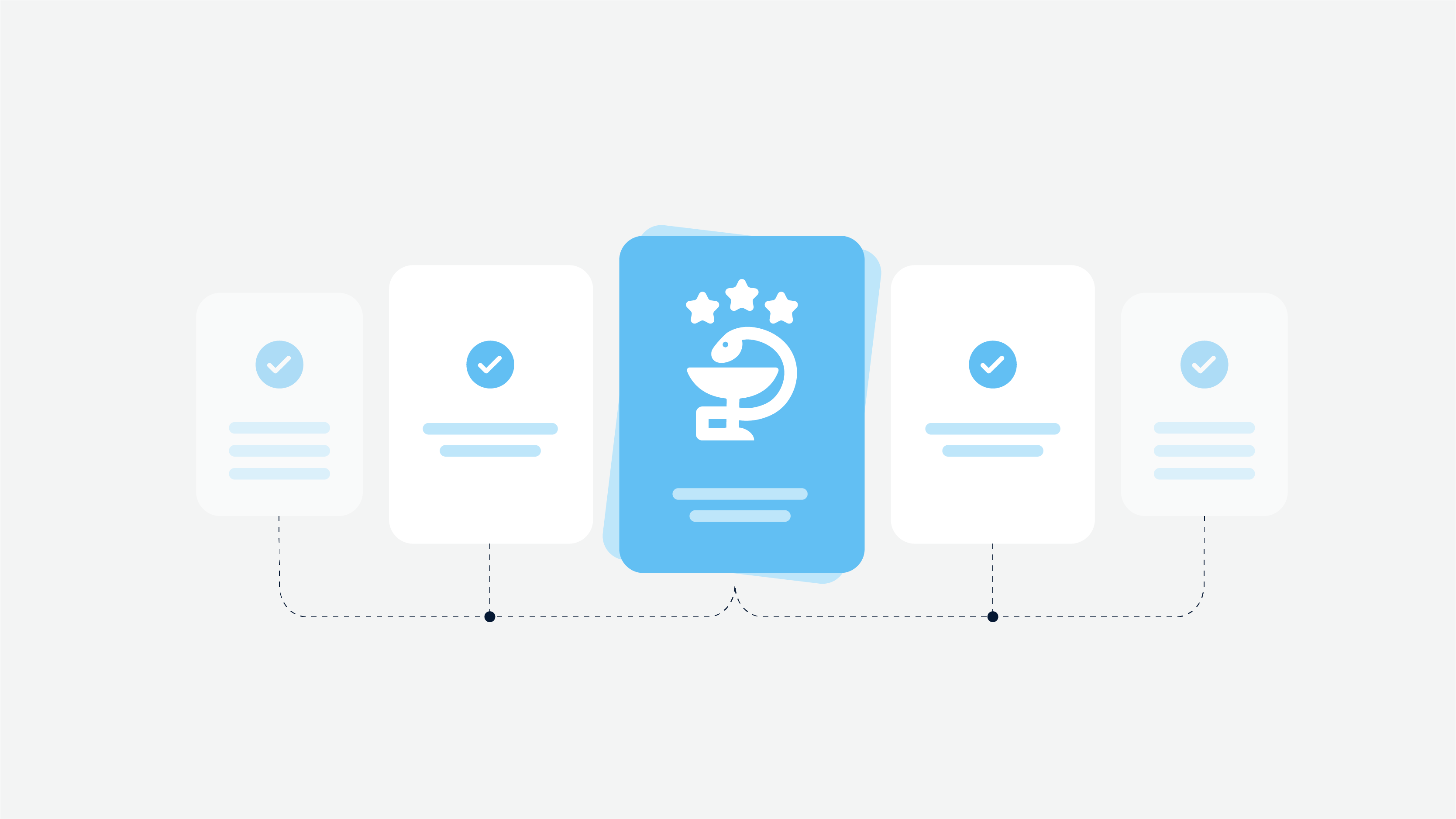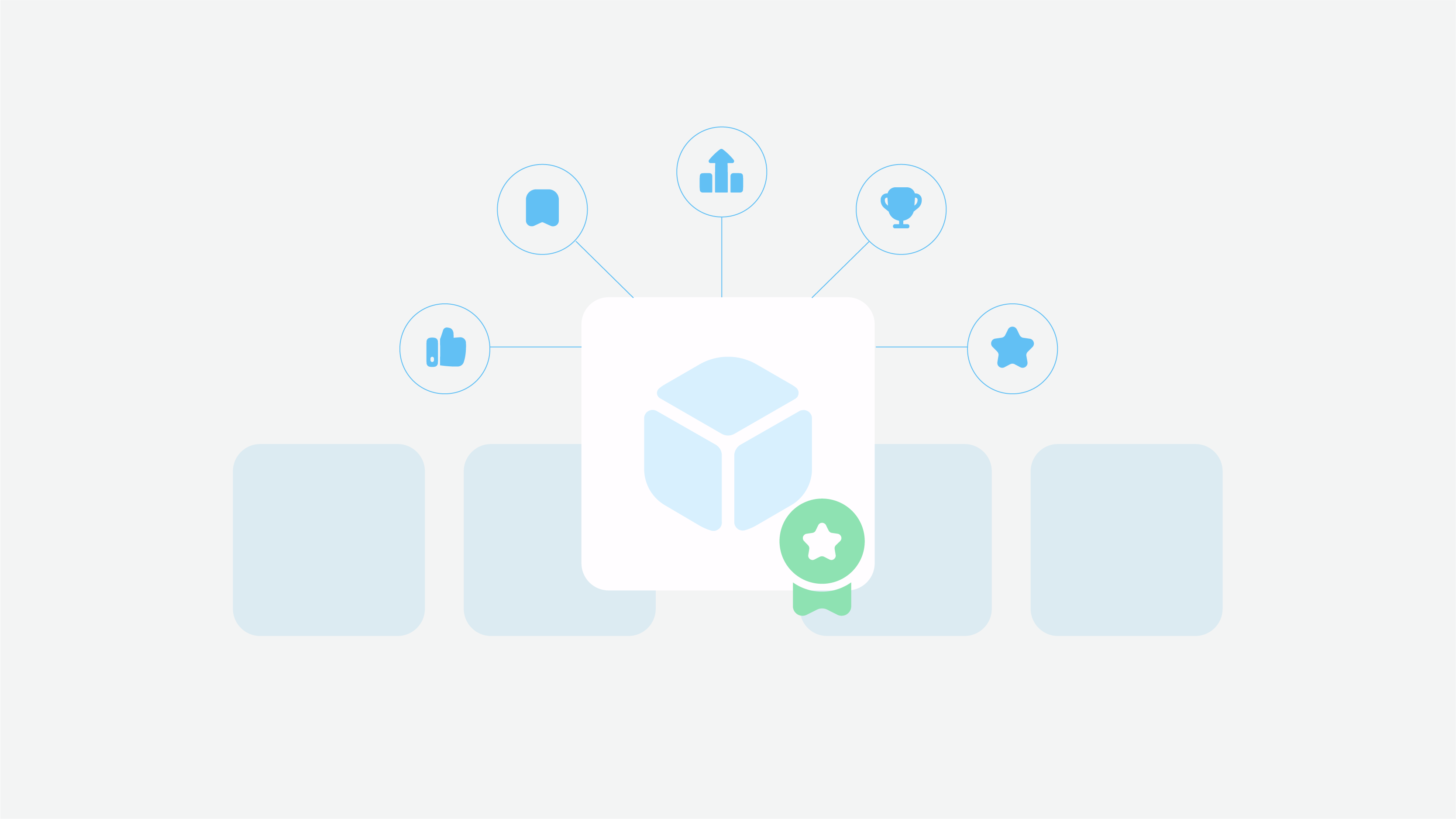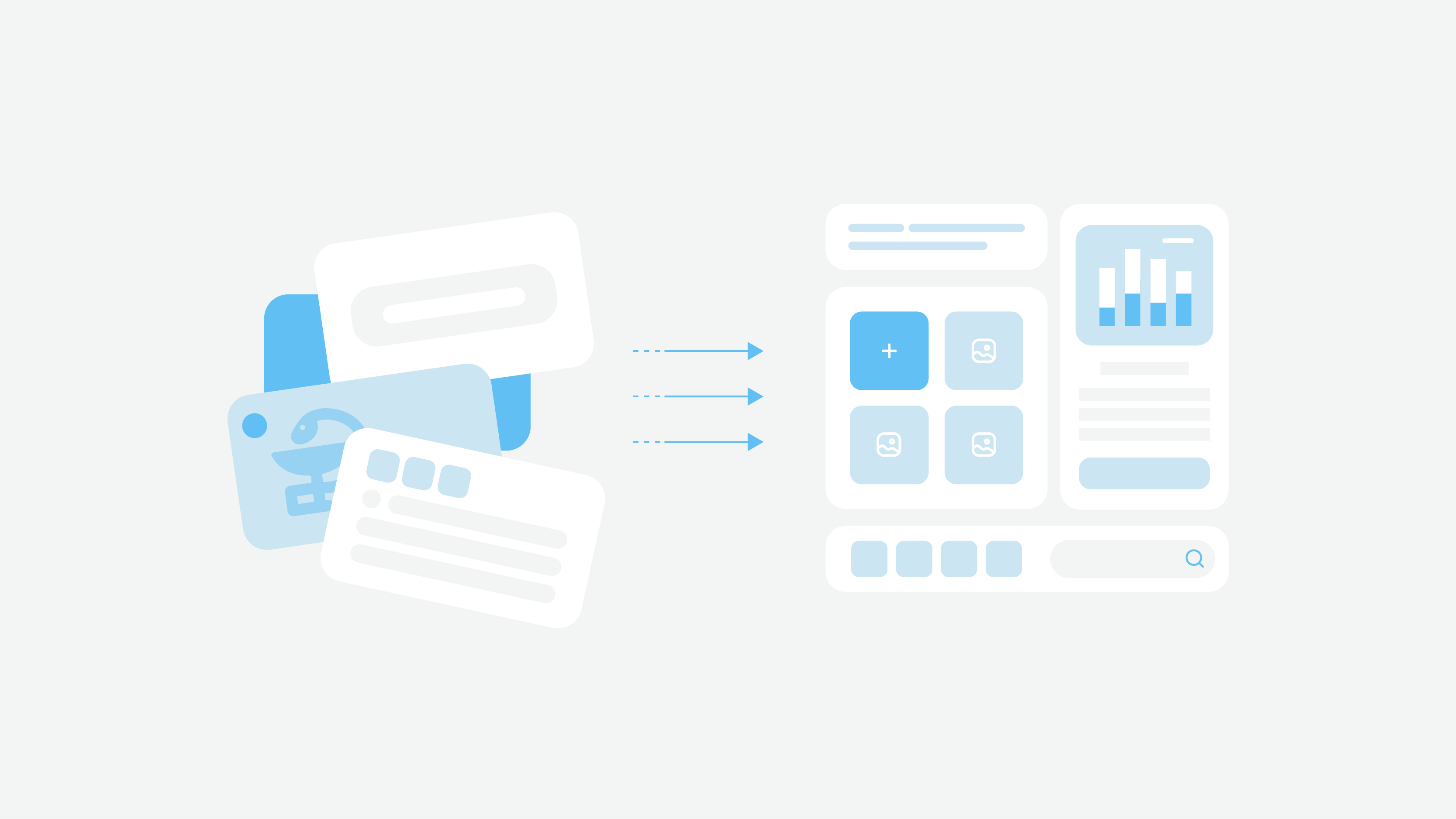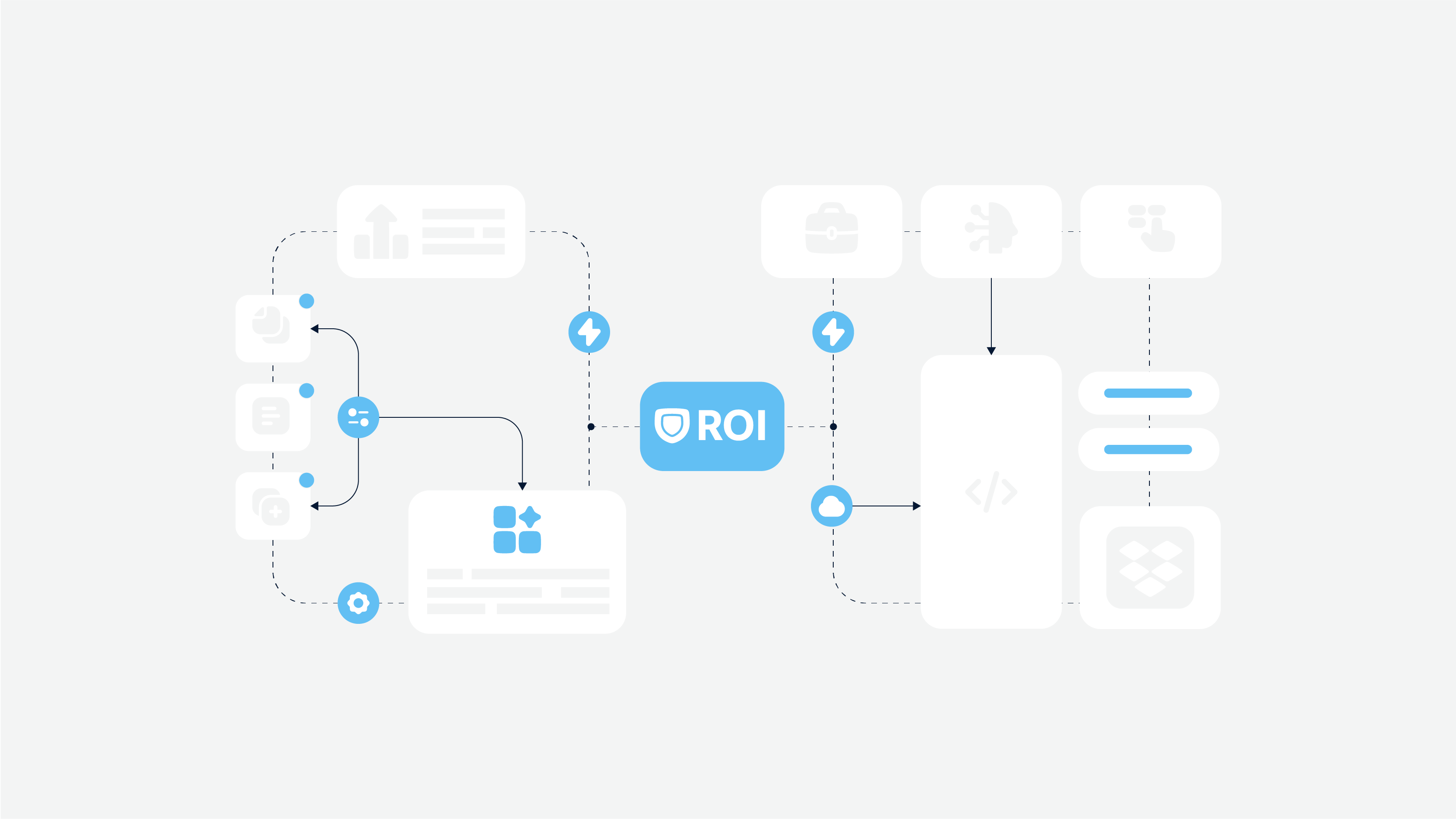It was a Friday night like any other until I got the call that every tech guy dreads...
The call was from Jim, the CTO of an insurance company in Texas. My heart sank immediately. Polite and punctual, Jim never calls like this – he always schedules meetings in advance, complete with a detailed agenda.
We’ve been helping Jim’s team keep their legacy system running, and as I picked up the phone, my worst fears began to take shape.
- Payments were being duplicated.
- The bill processing system had halted due to a critical vulnerability in an outdated version of Drupal.
- Hotfix deployment on the staging server was impossible because of custom modifications to the Windows server.
" Everything has come to a standstill," Jim said. "I really don’t know what to do. I’m f***ing exhausted. This system is killing me. "
It was a perfect “I’ve told you so” moment. We have been raising the issue of migration for a long time, but there was always something that stood in the way.
Jim’s company (like many of our other clients, to be honest) has always had reasons not to take a step towards migration. First, it was a matter of initial cost, then the complexity of the process, and, finally, the classic human unwillingness to say goodbye to what one has become accustomed to over the years of use.
Nevertheless, all signs of an urgent need for migration were on the plate. This created quite difficult challenges for all of us to deal with, and on which we all had to spend a lot of resources, including time and money. A lot of money.
Challenges Legacy Systems Poses
The problems we encountered with Jim’s system are relevant to our other clients with outdated technologies in 99% of cases.
- A disparate and fragmented system consisting of many different programs and servers.
- Constant problems with updating modules.
- Severe security issues due to the inability to adopt modern safety measures and practices.
- Difficulties in system expansion and integration with other modules or third-party software.
- Unreasonably high price of each change and fixation.
- All processes highly depend on a few key employees who know and keep in mind all the nuances for 20 years of support.
- Total opacity and lack of documentation.
- Difficulties in expanding the team. There are simply no such specialists on the market. And if there are willing ones, it is almost impossible to teach them the comprehensive knowledge of old-timers.
We’ve been discussing all of this with Jim every time their company needed the help of our experts with another “tough case where their guys got stuck.” And from all the possible options, we chose the simplest and cheapest:
Do not touch anything while it is working. Support everything we have. Gradually improve the system and update its outdated parts.
Jim’s company's mistake was choosing to save on things that their business reputation and future depended on. Our mistake was not insisting on urgent migration and not giving strong enough arguments.
What Could We Do With This?
So, the migration deadline has passed – it turned out Jim missed it a long time ago, and we had to do something immediately. Fortunately, we already had several options figured out and a plan prepared specifically for Jim’s company.
Given the complexity and low flexibility of Jim’s company’s legacy system, we always tend to choose a hybrid strategy. But now we don’t have time to think.
If I were asked again when to migrate from the old system, I would not hesitate to answer: “Right now!”
What Could We Do With This?
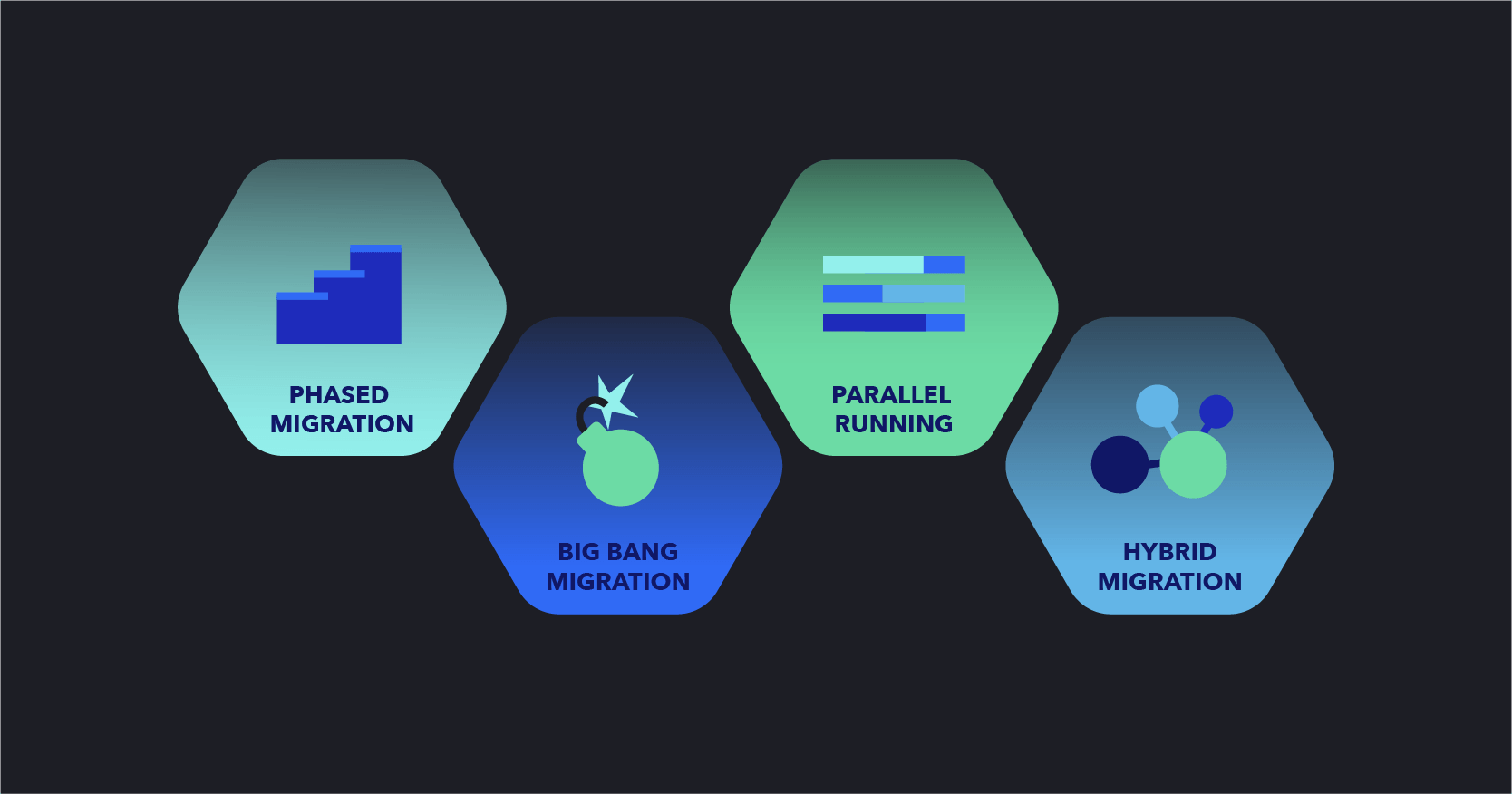
Maintenance issues
Many legacy systems are so outdated that their software providers no longer offer support. These systems may rely on obsolete technology, making maintenance and updates just impossible.
Older systems often fail to meet current regulatory requirements
They were not designed with modern regulations in mind, such as the GDPR, which governs the management of personal data in many jurisdictions. This misalignment can result in legal issues, penalties, and damage to your market reputation.
Legacy systems do not meet your needs in 90% of cases
As organizations grow, your technological requirements change, and legacy systems cannot meet these new demands.
Constantly increasing expenses
Maintaining and repairing legacy systems is expensive, often requiring highly skilled and narrow-specified IT professionals.
Security concerns
Outdated systems are vulnerable to cyberattacks due to outdated security protocols and extensive patching. This is especially dangerous for insurance and healthcare businesses that deal with sensitive client data.
Data inconsistencies
Most of the outdated systems have poorly integrated data models, which leads to inconsistent data across the enterprise. It is impossible to incorporate advanced analytical and AI tools.
System instability
Obsolete systems lack flexibility, which leads to serious performance issues and inefficiencies.
Destabilized ecosystem
Legacy systems often create discrepancies between enterprise services. Outdated software engineering practices cause operational inefficiencies and increased defect rates.
You can be sure that all this in a heap turns the lives of company owners and technical specialists into pure hell. Not to mention how much the constant disruptions and system collapses will cost you.
Back to Jim: How Did We Solve His Problem?
Jim and I agreed on two things that Friday night:
We solve the current problem, revitalize the system, and prevent the company’s customers from going to competitors for service.
Jim gives the green light to the migration project, and we begin the rescuing process IMMEDIATELY.
So, we shook hands, and I raised my team on alarm. We’ve been battling some sneaky ancient software on Jim’s company servers all weekend. On Monday afternoon (for Jim’s customers, this was the morning), we revitalized the bill management module and fixed the duplicate payment bug.
The next day, we started the hybrid migration process, which lasted five months and cost both teams a lot of effort.
We really could have avoided all of this, including major expenses, if we had started the migration in time. However, as they say, after fighting by fists, do not wave. Both Jim and I have made important conclusions.
Jim’s Company Has the Following Migration Benefits
And most importantly, no more unnecessary expenses on the complex maintenance of outdated and inefficient systems.
Final Thoughts
Would it have been better if we had started the migration on time? Of course. Did we manage to handle the critical situation and learn an important lesson? Absolutely. Has this helped us solve complex issues for new clients who also weren’t in a hurry to say goodbye to outdated systems? Without a doubt.
This life lesson became the foundation of our approach to analyzing outdated systems, assessing risks, and identifying migration strategies for all our current and future clients.
It’s better to uncover potential issues now than on a Friday evening when the worst has already happened.
If Jim’s story sounds all too familiar or you’re facing a similar challenge, don’t wait for a crisis to hit. Share your concerns or ask any questions you have, and I’ll personally get back to you with a detailed response directly to your email.
Let’s tackle your problem together before it becomes a Friday night emergency.

